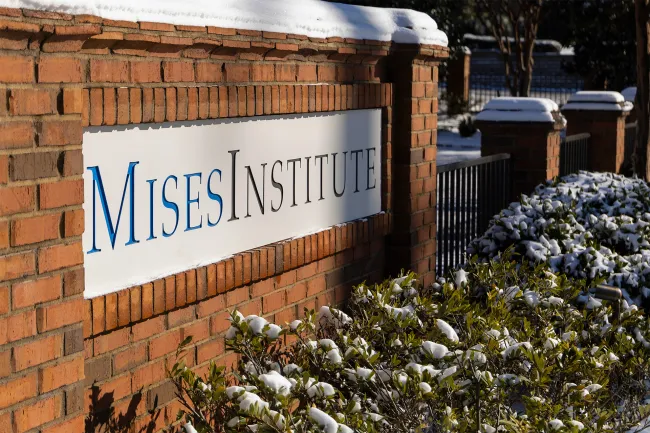The Week in Review: December 5, 2015
Government failure was being felt everywhere this week, from the massive law-enforcement failure in Sen Bernardino to the crumbling economy in Brazil. Meanwhile, government tells us it only needs a little more money, power, and time to solve all problems.










